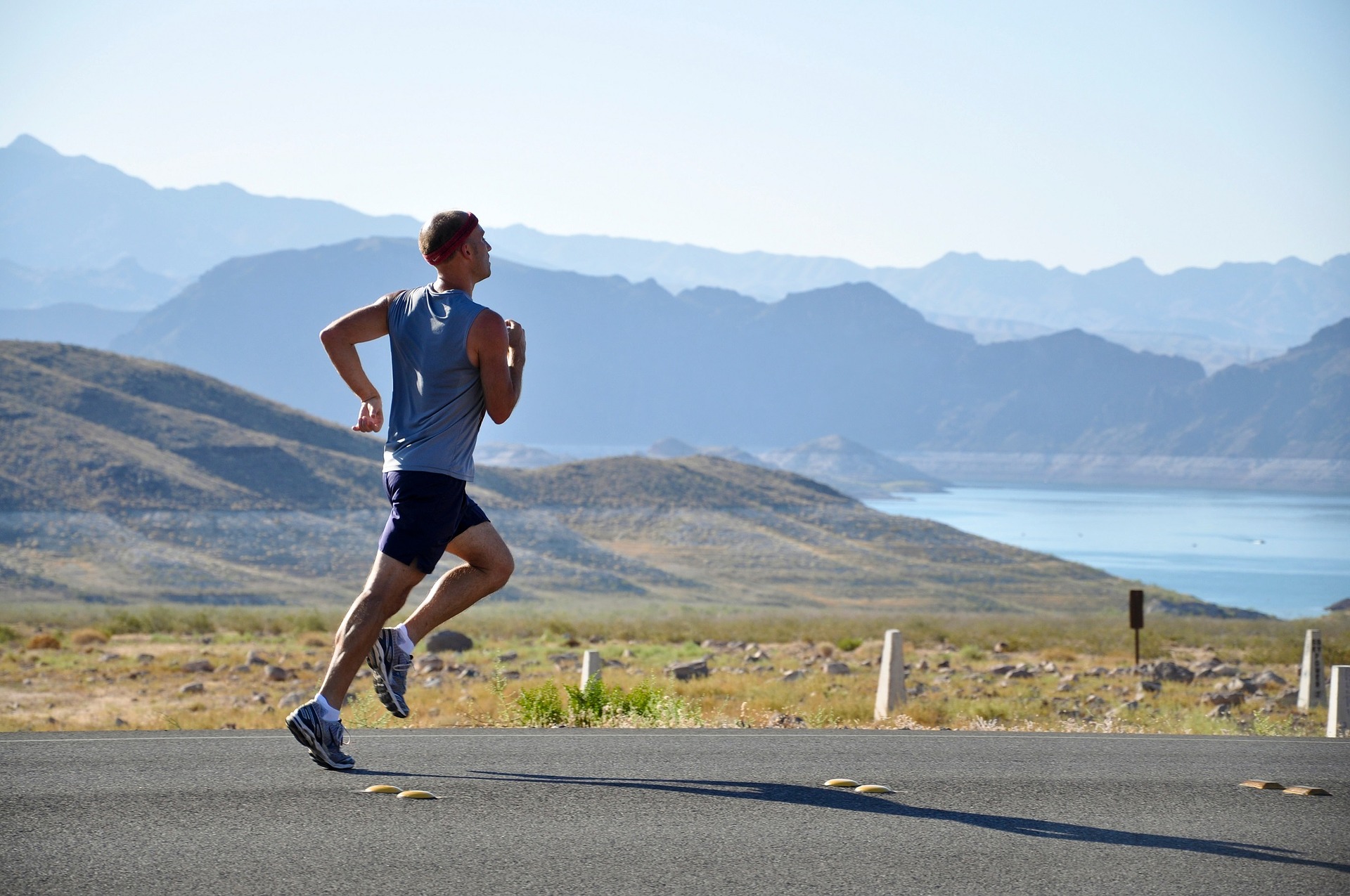ILIOTIBIAL BAND SYNDROME
What Is It & Why Does It Happen?
The iliotibial band (ITB) is a non-elastic fibrous band of tissue situated on the outside of the thigh. It runs from the pelvis, past the hip joint and down to the top of the tibia, just below the knee joint. One of its functions is to provide stability to the outside of the leg, as it passes over the hip, the lateral thigh and, most importantly, the knee. However, because of its position, and because it is connected to muscles in the region of the hip, it also helps in extending the hip (bringing it backwards), and extending (straightening) the knee when standing, walking and running.
If the ITB is working too hard, because of poor alignment of the hip and knee or because of weakness affecting muscles in these areas, it can become tight and it can rub against structures on the outside of the hip and knee joints causing it to become inflamed and painful. This happens most commonly with runners, because of the hard work they’re putting their legs through and the repeated movements involved. Pain is most often experienced at the outside of the knee (although it is sometimes reported as being “behind the knee cap”) and less frequently at the hip.

How Can I Cure It?
First of all, if you want to get rid of your ITB syndrome, commit to the process. You need to rest from running for a period of time (see below) because If you don’t you will only make the pain worse and you could end up with a chronic problem. The application of ice over the painful area is effective too (15-20 minutes x 4 daily would be a good regime, if you can find the time – remembering to keep a layer of towelling or other material between your skin and the ice). You also need to make an appointment with a Chartered Physiotherapist so that the exact cause of your condition can be determined.
Once you know what you’re dealing with (what is causing the ITB to rub and become inflamed), then you can begin the process of recovery – but there is no magic bullet. It will take time and effort, but it will be worth it, both in the short-term and in the long-run.
Occasionally, pain can be caused by training and equipment issues. Shoes which have become worn on the outside edge, will push the knee laterally (outward), putting more strain on the ITB, as will running repeatedly on a cambered surface, with the affected leg being slightly below the other leg. A lot of downhill running is also associated with ITB syndrome, because the loose swinging motion of the leg can predispose the ITB to rubbing and becoming inflamed. Change your route, or run around it in the opposite direction, and get a new pair of quality running shoes from a reputable outlet, where they’ll take time to advise you on which shoes suit your foot type the best.
However, usually there will be a biomechanical issue that requires detecting and rectifying, and this is where seeing a physiotherapist will pay dividends. They will be able to provide you with suitable stretching and strengthening exercises that target your specific needs and advise you on when it is okay to start running again. Regardless of when the pain settles it’s sensible to continue with strengthening and stretching exercises to help avoid recurrence.
